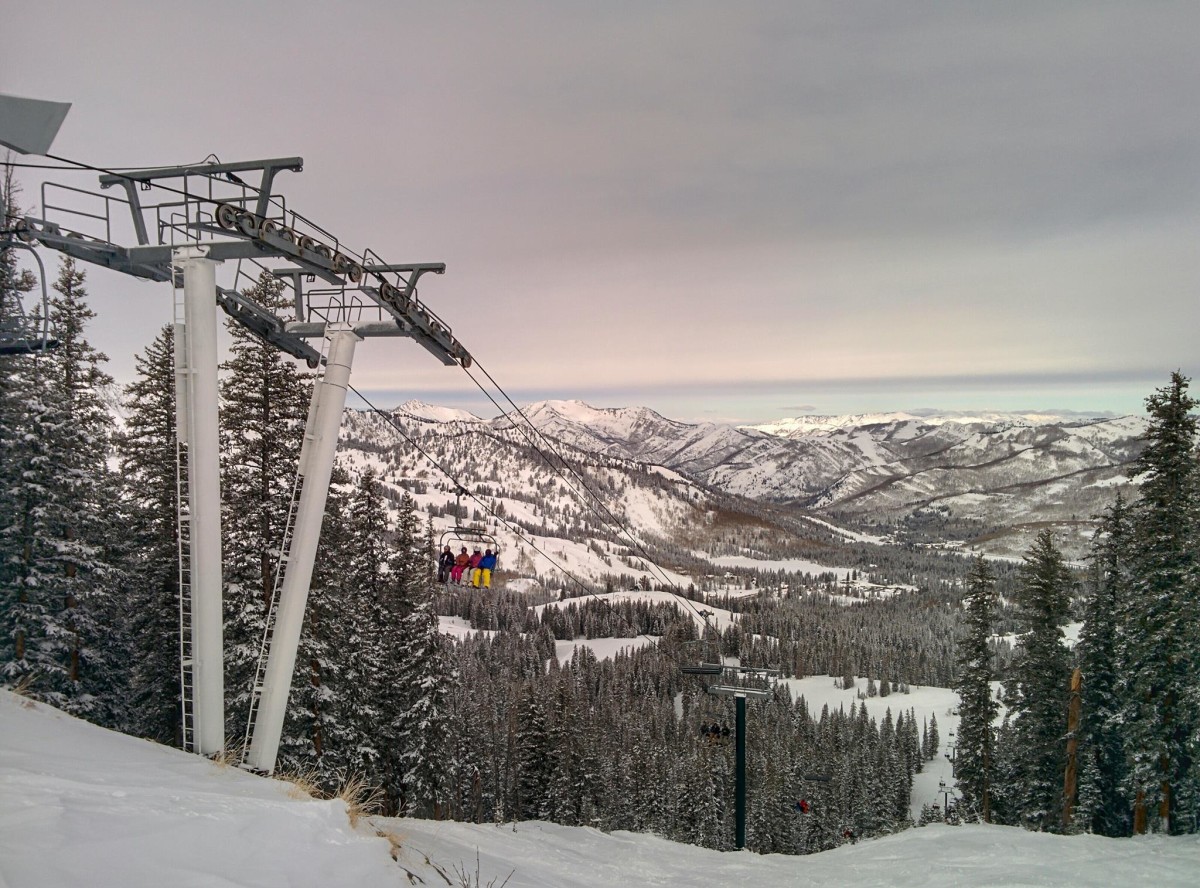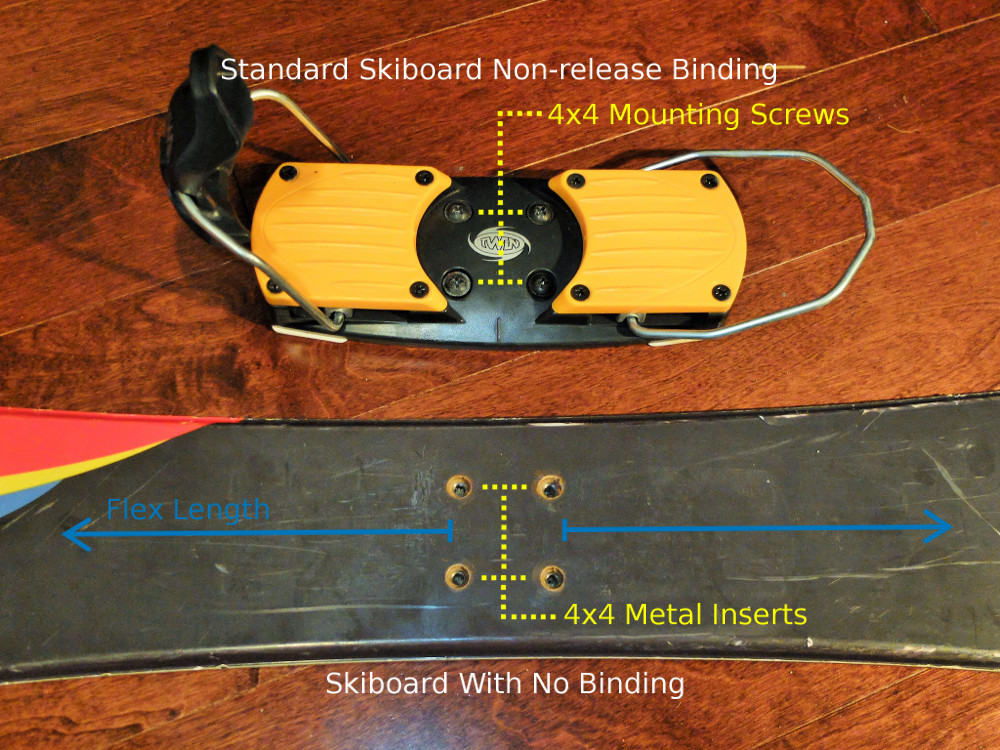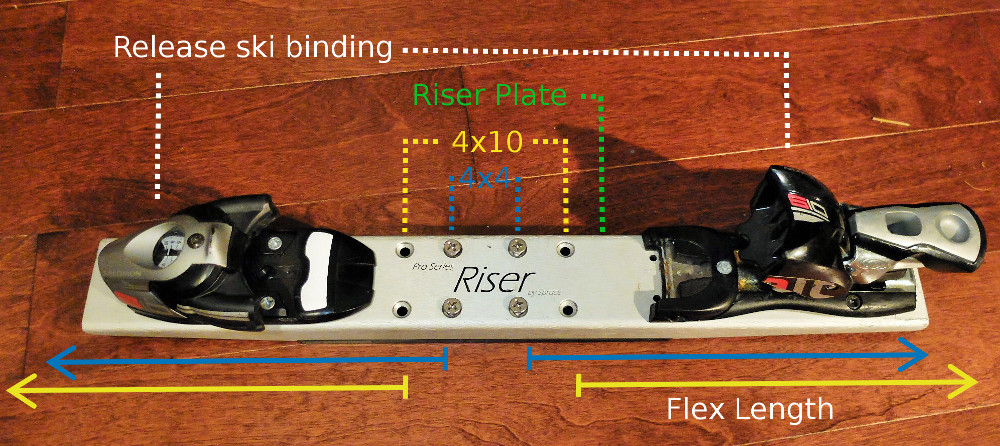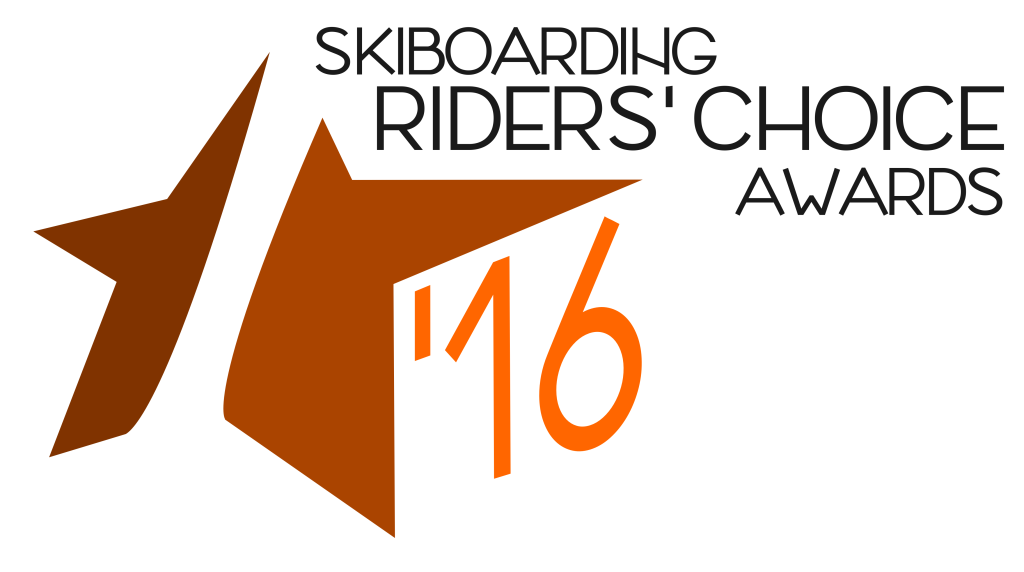The latest shenanigans from the meltdown at Mount Bohemia with Thomas Bricker, Marshall Howard and Tyler Phelps. Guest appearances by the one armed man and Christian Pike.
Fox-Trotting Japan: Episode Two
Jason goes on a solo winter bike ride. Then Jason and Emily take an overnight ferry to Hokkaido visit the Snow Festival in Sapporo and skiboard in powder!
Video: Midwest Meet 2016 at Mount Bohemia, MI
12 riders from 6 states got together at the 7th annual Midwest Meet at Mount Bohemia, MI. It’s kind of ridiculous how much fun we have. Huge thanks to RVL*8 and the SBOL community – never disappointing!
Electric Snail: “Movie”, Full Three Part Video Featuring Jack Schmid
RVL8 Spliff 2016 Review
The newest RVL8 offering, the Spliffs are the result of 4 years of experimentation with rocker skiboards. With a rocker-camber combo they lean more towards a traditional camber skiboard feel than RVL8’s previous rockered offerings, less of the “surf-like” feel than the Blunt XL skiboards.
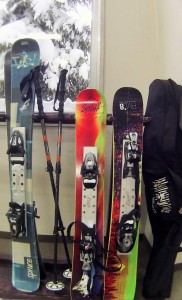
This makes them a freerider’s one quiver dream, having a big performance envelope. They are fairly big skiboards, at 109cm long and 13cm wider underfoot, but the rockered tips make them feel and control much more like shorter skiboards on groomers, as the rocker elevates the tips out of the way. The rockered tips jump into play when pushed into carves and turns, giving them the edge control of the full 109cm when you need it. Like any wider skiboard they do take a bit more effort and are a little slower to get up on edge, but the rockered tips make initiating turns effortless, rarely catching an edge.
On piste, it takes a bit of time to get acquainted with the point at which skiboards are pushed enough for the tips to engage and the full edge length can be relied upon. I sometimes find myself thinking the tips will engage, when they don’t, or vice-verse, but this confusion has slowly eroded the more I ride them. The 6.5m turning radius is not out of the ordinary for the size, allowing for the deep short carves most skiboarders love. Thanks to the underfoot camber, skating around flats is a breeze, added bonus!
The Spliffs shine in deep snow and off-piste. I felt not acquaintance time here, they just perform. The rockered tips aided by their width give a great amount of lift in soft deep snow with that lively pop from the camber. The flex range that the rocker-camber provides feels amazing. I feel like I have butterfly wings under my feet feeling poppy and light, with a large reach of support and lift. I find a 2-4cm setback is preferable for powder to put more weight on the tails and prop the front tips up and found myself leaving them setback without noticeable difference in performance on groomed snow.
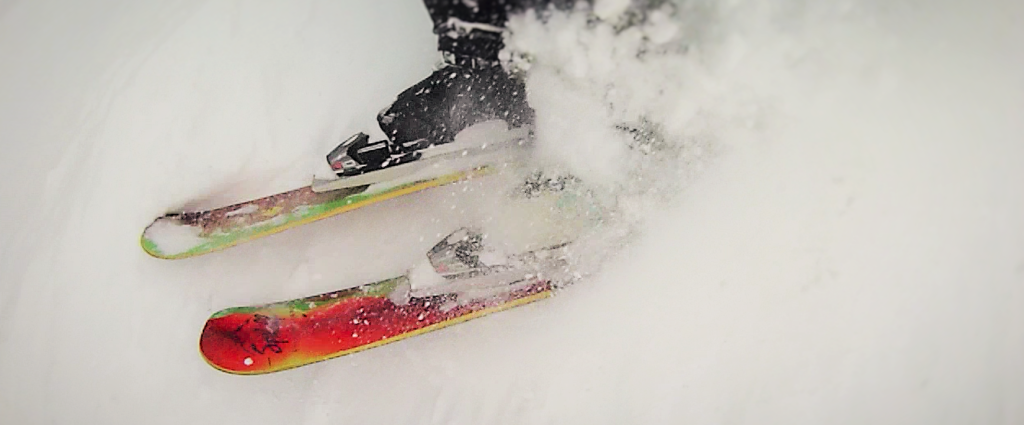
I have had virtually no issues with tail support like I felt on zero-camber rockered skiboards. I can count on the tails to support me, rarely feeling like they will slip out from under me. Landing drops and pressing the tails rarely feeling the need to hold back thanks to the extra support the extension of the under foot camber provides.
They are not undefeated however. On a very heavy concrete sticky powder day, I found myself wishing for a pair of Blunt XL’s, struggling to keep the tips up, heavier and taller riders might have less of an issue with that as their extra leverage could more easily bring the tips up in these conditions, and in such harsh conditions its hard to expect miracles anyways.
Being pretty big skiboards, freestylers, park rats, and fancy foot-workers will feel the size and they can be a lot to throw around without the precise edge of fully cambered skiboards. This is where they felt the most rocker “surf-like”, by not being able to rely heavier on the full pop and full edge control of the 109cm length. They aren’t terrible, in the park, just a little confusing, as the rockered tips rarely engage enough in the park unless pushing a deep carve off a kicker or fully pressing down on the tips. They do however feel less sloppy than fully rockered skiboards in the park. That said, these favor freeriders, and the rockered tips are super fun and effortless to press around, doing butters and presses over hips even in powder, hitting choppy banks and natural features, in a more freeride style and knowing the support of that wide range, rocker-camber tail will catch you on the way down!
These have been by far what I consider to be the best freeride skiboards I’ve tried, impressive for a sub-110cm category, skiboard. Thanks to the rocker-camber combo, they have a huge performance envelope, but they need to be ridden fairly aggressively in order for them to show their true potential, being geared towards intermediates to advanced riders, heavier and taller riders, those looking at going off-piste looking for steep and deep, while still maintaining very decent on-piste performance. Beginner and non-aggressive riders don’t stand to gain much from riding the Spliffs over other options.
I would love to see variations in length for this rocker-camber combination. The point at which these skiboards are pushed enough for the tips to engage enough and the full edge can be relied upon is very subjective to the rider. Chopping 10cm off the length while keeping the same rocker-camber ratio and same width would give lighter and shorter their own freeride possibilities, (or even adding an extra 10cm for even larger riders!)
Westfest 2016: Awesome Terrain and Excellent People
Westfest 2016 was a ton of fun. If you weren’t able to make it, here’s what you missed. Try to join us next year!
Day 1: Alta
Some fresh snow would have gone a long way here. Conditions were variable from thin coverage to crunchy to nice and powdery.
Day 2: Solitude
Conditions were awesome. It kept snowing throughout the day, resulting in endless powder stashes all over the mountain.
Day 3: Brighton
Another day with excellent conditions. The trees at Brighton were a ton of fun. We were able to find untouched snow all day long.
Day 4: Snowbird
The forecast was cold and windy, but that didn’t stop us. We took the tram to the top and got some awesome first runs in deep, bottomless powder. After that, the wind took over and we cut the day short.
Overall, when the conditions were good, they were amazing. Even when they weren’t ideal, we had a blast. It’s easy to see why they say Utah has the greatest snow on Earth. We had a great group and I can’t wait to get back!
A Decade of Modern Skiboarding
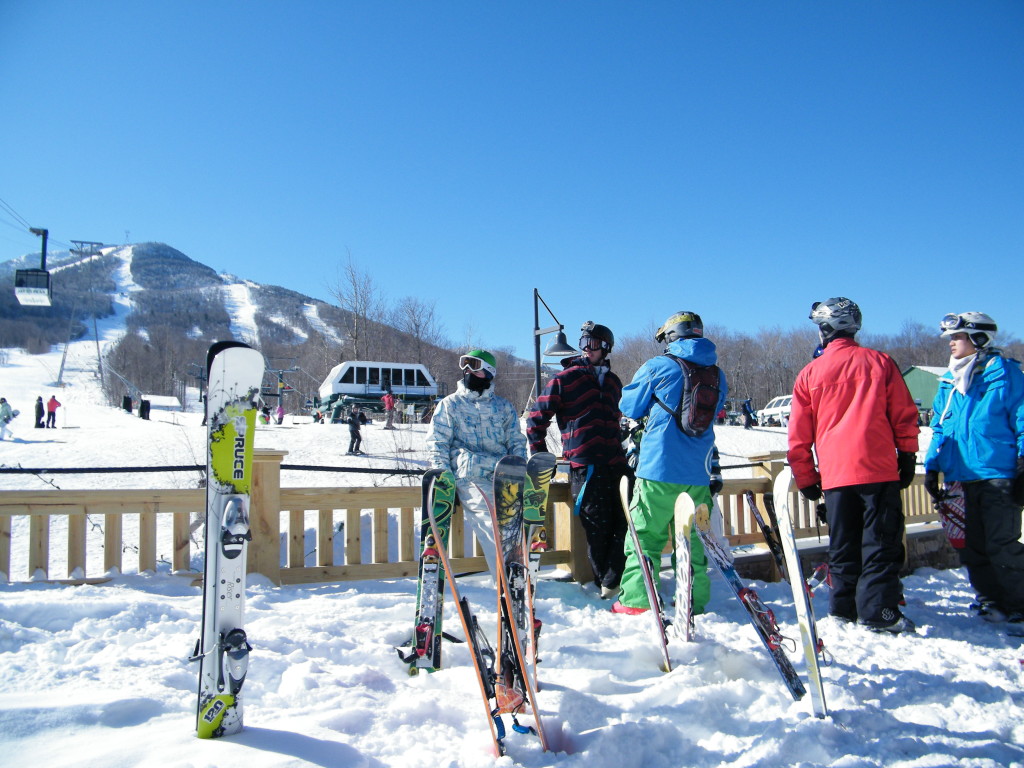
This season marks a decade of modern skiboarding.
Ten years ago skiboarding was at its biggest crossroad, the last standing skiboarding core company, Canon Skiboards had ceased production. Groove USA slowly left the skiboarding market for other ventures and shops like D-Structure which were instrumental in propping up skiboarding in the 90s and early 2000s stopped selling skiboards as their stocks ran out. New attempts such as Mix and Epic Skiboards were plagued with manufacturing defects forcing them out of business. Big ski brands were making skiboard-like sticks targeted only to first time shredders, and Line, which in the 90s had defined skiboarding itself recalled and stopped production of skiboards under its new administration; K2 Sports.
There was a point when some of might have felt there was no future in skiboarding, and its disappearance would be inevitable. Outside the skiboard community, some enjoyed seeing its demise, and saw skiboarding as a farce that should be remembered as a 90s fad. Skiboards became a hard to find objects, left overs that we had to scramble for. Would we even be able to find skiboards the next season? some of us asked ourselves.
But in the dust, away from the mainstream eye, some were determined to keep skiboarding going. This was a very charged time in skiboarding, Line had brought skiboarding to the mainstream eye with something that was so different from 90s skiing that it needed a definition, it needed boundaries, and now was disassociating itself from skiboarding like it was a dirty word. The vacuum created left no authority in place to uphold any definition of what skiboarding actually was. People’s efforts and opinions were at times at odds with each. But as both skiing and skiboarding brands filled the gaps between each other with both twin tip skis, newschool skiing, short skis with releasable bindings, releasable binding on skiboards, long skiboards as well as the continuation and modernization of long time standards, a new crystallization of ideas and the start of a new harmony emerged, and yes, skiboarding could and would continue to exist.
The Internet became instrumental as a place for the low density of skiboarder from around the world to connect through online forums, groups, and clubs, before social media was really a thing. SkiboardMagazine.com had started a year earlier, and documented much of what was happening at the time. White Dwarf, skiboarding’s first DVD video had also been released, showcasing what was left of the talents of top level skiboarders from Canada and the USA, and soon some of those names would have their very own skiboard pro models thanks to RVL8 Skiboards, a new brand started by long time online vendor SkiboardsOnline.com celebrating their 10 year anniversary this season. They also held the first modern skiboard competition, the Skiboard Triple Challenge uplifting short shredder spirits from USA, Canada, and Europe.
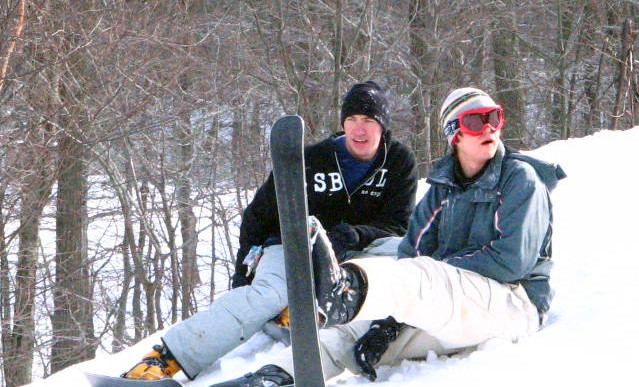
Snowjam continued to offer budget skiboard options during his period. Another main US skiboard vendor Skiboards.com released a full line up of quality skiboards under their Summit Skiboards house brand, as well as selling big name brand products including Salomon’s introduction of releasable bindings to their short ski options, catching up to what Spruce Mountain Skiboards was already doing with their Riser skiboard releasable binding system years earlier.
Spruce had then released the unimaginable to some; a 120cm long skiboard, requiring the use of releasable bindings. This ultimately propelled skiboarding to the backcountry, as the additional surface area allowed better float in powder snow and some started to mount touring alpine bindings, crampons, and skins to trek to the far side of the mountain, away from chairlifts and groomed runs. Big brand had been releasing short “skis” for years, but Spruce was the first to dare call them skiboards, and later the term “longboard skiboards” was coined.
Up in Canada, FatBLADES were in the early stages of tinkering with the idea of putting soft shell snowboard boots on their own skiboards, an idea some skiboarders had tried in the earlier days, now a popular option thanks to products made and sold by skiboard vendors like SkiboardsOnline.com and Skiboards.com.
Over in Europe, GPO Sports had been consistently and quietly offering skiboard and skiboard-like options. The short lived Loken Skiboards out of Norway, and Allz Skiboards from Latvia left their marks on skiboarding offering a variety of modern skiboard products, participating in some events, sponsoring some riders, and releasing media during their short years.
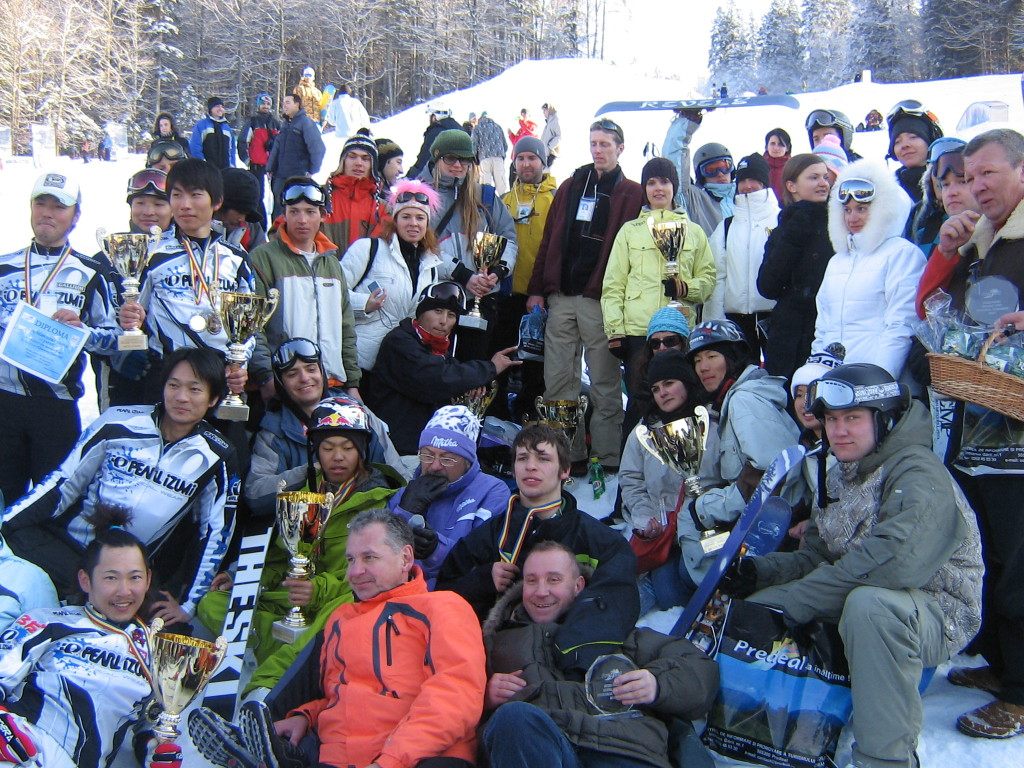
Japanese manufacturer Bluemoris started offering their version of skiboards in 2006, and showed up at the first ever Skiboard World Cup in 2007 in Romania held by the newly formed World Skiboard Association taking top spots in most events. The WSA did what it could and held a few more events the following years but ultimately may have been trying to recreate something that did not fit the modern incarnation of skiboarding and soon disappeared. Years later two, US Open events were put together thanks to the generosity of the folks at Skiboard Planet, being the last skiboard competitions held in recent years.
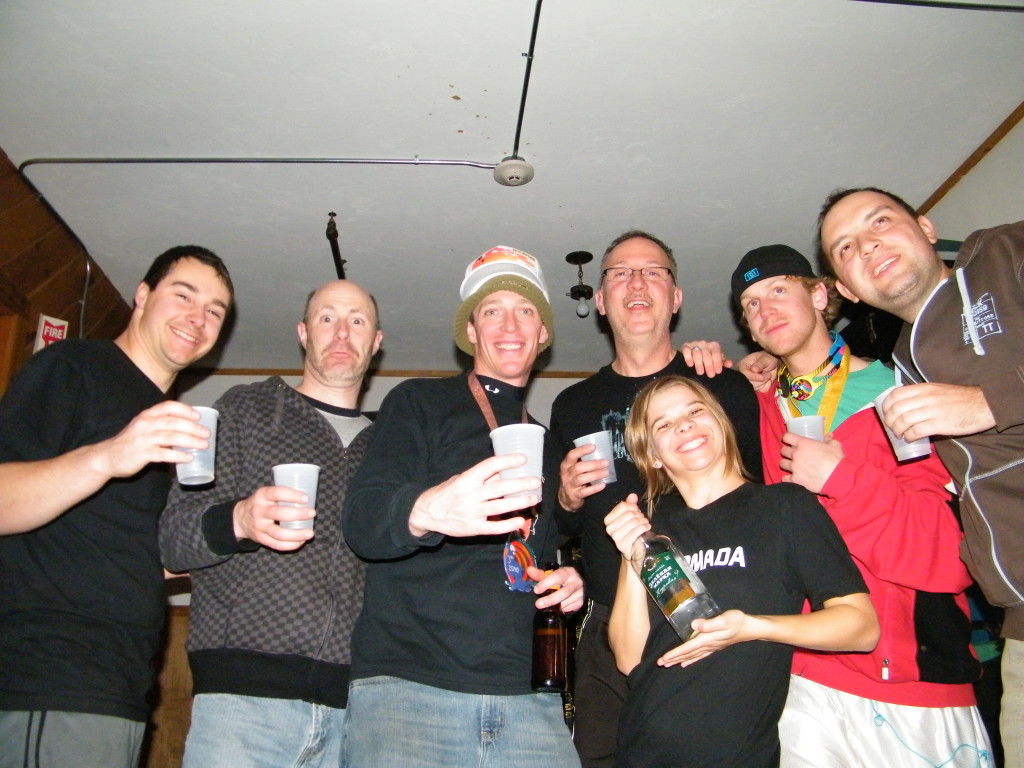
People have come and gone over the years, maybe out of frustration, greener pastures, loss of interest, who knows maybe they are still quietly shredding short sticks. But those of us who have stuck with skiboarding over the years are left with something stronger than before, something not bound together by big name sponsors and high profile events. Something that through the let downs and bickering of ten years ago was at times forgotten; we’re not saving lives, we’re having fun, and we have an inexplicable love for the feeling of sliding around on snow with two short planks strapped to our feet.
Over the years brands have emerged from around the world, like Eman, GR, Lagriffe, Mantrax, Teleferik, and Twoowt, offering a plethora of skiboard products, non-competitive skiboarding meet-ups happen all across the world most notably Shred Fest and the Mid-West Meet, all kinds of skiboard clubs exist in Korea and Japan, skiboard edits document all kinds of antics, and the Skiboarding Riders’ Choice Awards let skiboarders from around the world pick their yearly favourites.
I sit beside two sets of skiboards, a set of Lines mounted with releasable Spruce Risers, perfect tool for teaching my partner her first turns on the slopes, and for her to progress, and a set of RVL8 Spliffs, top of the line freeride skiboards ready to take on the powder snow of Japan, affectionatly mounted with vintage Canon bindings.
Have a great season, keep shredding, and a warm thanks to everyone who has put time and energy into this ridiculous and ridiculously fun winter leisure activity.
Written in collaboration with the 2016 Skiboarding Riders’ Choice Awards.
Fox-Trotting Japan: Episode One
Tech Guide: All You Need To Know About Skiboard Bindings
In collaboration with Skiboarding Riders’ Choice Awards, we put together a comprehensive guide to all that is skiboard bindings!
There are many skiboard binding systems and binding options and it can get very confusing for those unfamiliar. If you are a first time buyer, you will most likely buy skiboards and bindings that will come pre mounted for you, however many people will use more than one set of skiboards for different conditions, and want the ability to swap bindings from one set to the next. Binding lifetime is also generally longer than skiboard lifetime, so think down the road if you are going to be buying a new pair of skiboards, you may be able to re-use your original bindings. Ask yourself these questions before buying skiboards and bindings:
- Do I want the best performance or more affordable deal?
- Do I want to easily move bindings from one set of skiboards to another?
- Do I want the added safety of releasable bindings?
- Do you want to use hard shell skiboots, or soft shell snowboard boots.
Not sure how answer? No worries, it should be clear by the end. There are four ways bindings can attach to you skiboards, 4×4, 4×10, direct mount, and 8-hole. Let’s look at them in detail.
4×4 binding system
Long time standard for skiboards borrowed from snowboarding, this system uses 4 metal inserts built into the skiboard in a square pattern set 4 cm apart. This options gives a better overall performance as it gives a longer flex length to the skiboards when compared to other options. Offers the ability to quickly and easily install or remove bindings simply with a screw driver.
This mounting system has the most binding options, including the long time standard non-releasable skiboard bindings which most skiboard brands offer. These can be used with hard shell ski boots, and also the less commonly used hard shell snowboard boots. Standard skiboard bindings do not release during a fall. It is generally safe to use non-releasable bindings with skiboards under 110cm, (depending on the skiboarder’s height) as the reduced length of skiboards reduces the risk of injury due to physics law of levers.
Most snowboard bindings can also be installed on 4×4 skiboards, however, a riser is usually needed to lift the bindings up as snowboard bindings for soft boots are generally wider than most skiboards. Without a riser, the bindings would catch in the snow as you turn. Most riders have found that the best results for skiboarding in snowboard boots are a stiff snowboard boot coupled with a snowboard binding that includes three modifications: 1. a riser, 2. a winged highback to provide lateral support and 3. a wide third strap attached to the winged highback. A variety of commercial converted snowboard bindings or conversion kits are currently available for purchase from online retailers.
Releasable bindings are heavier than non-release bindings, but offer more safety as they release during a fall. They require a simple step in motion to be attached to your boot. They are the same as found on skis in most cases. Spruce, Eman, Twoowt, and Mantrax offer a 4×4 releasable binding option in the form of a kit that includes releasable ski bindings mounted on a riser plate which is then screwed into the skiboards via the 4×4 system. Obviously, these require hard shell ski boots. These Riser kits are heavier than other options.
Brands using the 4×4 system: Bluemoris, Eman, FATBlades, GPO, GR, Mantrax, RVL8, Snowjam/540, Spruce, Strictly, Summit, Twoowt.
+ Lots of binding options
+ Best performance
+ Easy to install and remove bindings
+ Safety in case of fall (releasable binding option)
– Heavier due to required riser plate (releasable binding option)
4×10 binding system
This system was created by Spruce Ski for their longboard skiboards, skiboards longer than 110cm. It is not recommended to use longboard skiboards without releasable ski bindings, and to avoid anyone from installing non-releasable bindings onto their skiboards, Spruce created a system similar to 4×4, but spaced 10 cm apart length wise, giving the advantages of the 4×4 pattern without the possibility of installing non-releasable bindings. Their Riser Releasable Binding kits can be mounted on both 4×4 and 4×10 skiboards. Spruce is currently the only company to offer skiboards and bindings for this option.
+ increased performance
+ easy to install and remove bindings
+ safety in case of fall
– heavier due to required riser plate
Direct Mount bindings
A sometimes contested option, direct mount requires drilling holes into the skiboards and attaching releasable ski bindings directly into the skiboard with screws such is the standard for the regular length ski industry. Most often they will come pre-mounted from manufacturers. Not all skiboards can be direct mounted, as it can effect the structural integrity of the skiboards. Some skiboards can be direct mounted thanks to a reinforcement plate build into the skiboard, or stronger thicker cores. This adds some weight to the skiboards themselves, although the bindings themselves are lighter since there is no need for a riser plate.
Skiboards that can be Direct Mount have reduced the flex length of the skiboards, reducing performance, however some people will argue that the difference is minimal and some bindings are built on rails to increase flexibility.
Another issue is with limited ability to reinstall and remove bindings. It is possible, but generally not recommended to remove and reinstall direct mounted bindings too often. Sometimes if a different size boot is used, the holes must be redrilled in a different location, affecting the structural integrity of the skiboards. It is possible, with heavy modification, to install metal inserts into skiboards for direct mount, giving the ability to easily remove bindings, however this requires a trained ski binding technician.
This system is currently the most popular with big ski brands, who generally offer short ski options targeted to beginners. These often have bindings that can fit all boot sizes with no remounting required. Some models using this system are sometimes referred to as snowblades or skiblades.
Brands using this system: GR, SnowJam/540, Bluemoris, Spruce, Summit, big name ski brands, knock-off brands.
+ Lighter weight releasable binding option
+ Sometimes more affordable than 4×4 or 4×10 releasable options
+ Safety in case of fall
– Reduced flexibility and performance
– Added weight to skiboards due to reinforced mounting area
– Cannot be easily installed or removed
– May not be easily adjustable for different boot sizes
8-hole non-releasable binding system
Loathed by many in the skiboard community. Usually offered on budget skiboards or short skis, and using 8 screws directly mounted, or using metal inserts spanning the entire length of the binding. This limits the flexibility of the skiboard, reducing performance. Usually these bindings are made with low quality plastic. It is also near impossible find replacement bindings and very unlikely they can be swapped onto another set of skiboards. These bindings come premounted on skiboard, and are usually very affordable. There is also no releasable binding option for this system. These more often than other options have easy tool-less adjustment for different boot sizes. Some models using this system are often referred to as snowblades or skiblades.
Brands using this system: GPO, Mantrax, SnowJam/540, older big ski brand models, knock-off brands
+ Lowest price option
+ Easy tool-less adjustment
– Often made from low quality materials
– Reduced flexibility and performance
– No after market options
– Often paired with lower quality skiboards
Another option that cannot be easily classified are the releasable skiboard bindings offered by GPO, and also Eman. They look like standard skiboarding bindings, but the top half can be released from a secondary plate direct mounted onto the skiboards. These offer a light weight releasable option, however lowered performance due to the direct mount.
So there you have it, all your skiboard binding options. Its important to note that skiboards using the higher performing metal insert options, 4×4 and 4×10, are almost exclusively available through online skiboard retailers, or limited specialty sport stores mostly in Russia and Japan.
Sport and ski stores will almost exclusively sell big brand skiboards or snowblades, generally marketed as beginner skis, and generally using lower quality 8-hole bindings or more recently direct mounted bindings.
Skiboarding Riders’ Choice Awards Returns for 2016
After a two year hiatus, the annual Skiboarding Riders’ Choice Awards are back for 2016. The polls open April 1st, riders will get to choose their favorites in the skiboard community, and are entered in a draw to win gear!
This year the awards are expanding, three new categories will open up rewarding not just the athletes and video makers, but artists, designers and we’ll see which resort skiboarders will crown as their top pick.
- Best Edit
- Skiboarder of the Year
- Favourite Skiboard Graphic
- Choice Skiboard Model
- Top Pick Resort
A fresh new resource based website launched at sbrca16.org and make sure to follow the awards on Facebook, Twitter, or Google+ to keep up to date. Good luck to everyone, shred on!
